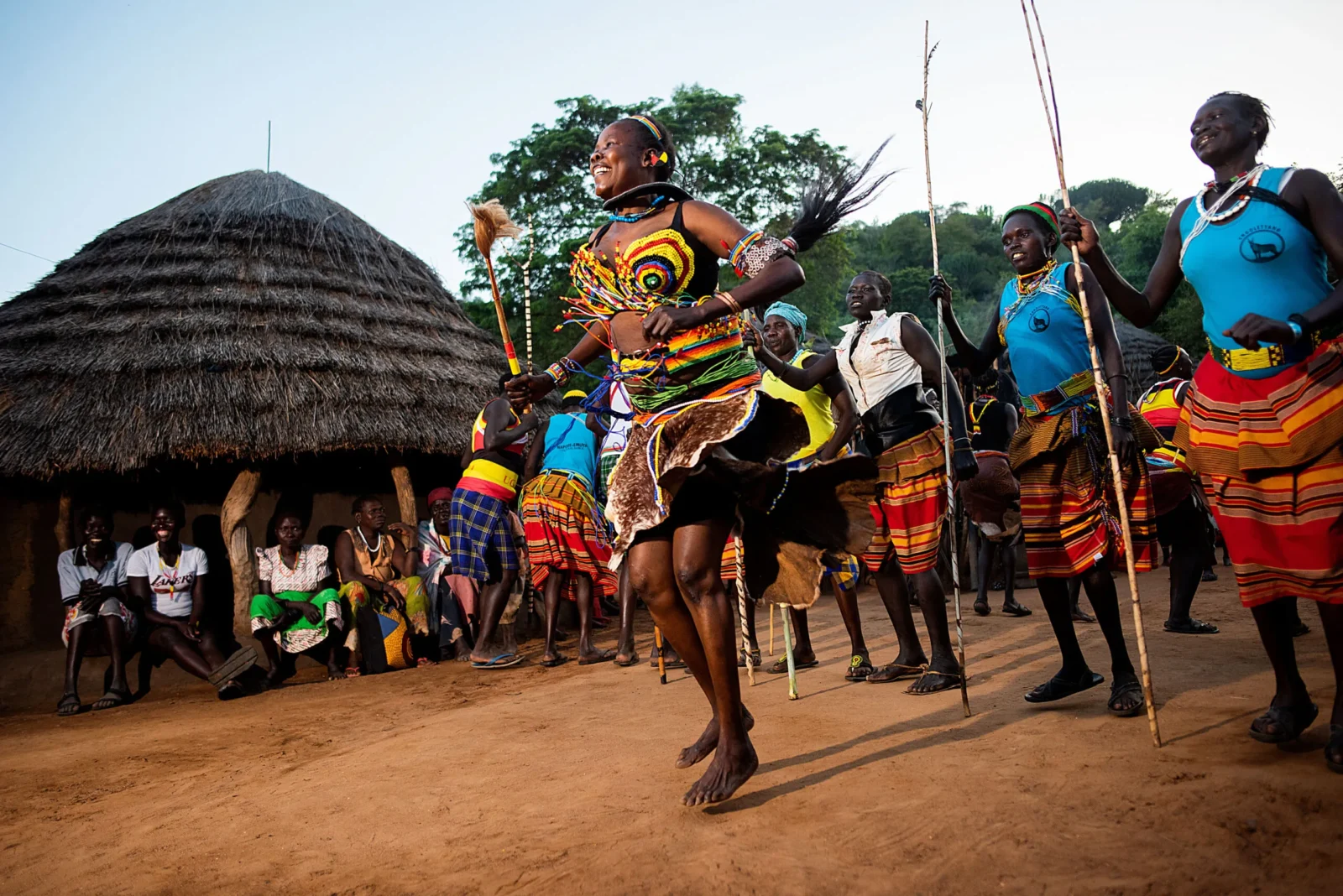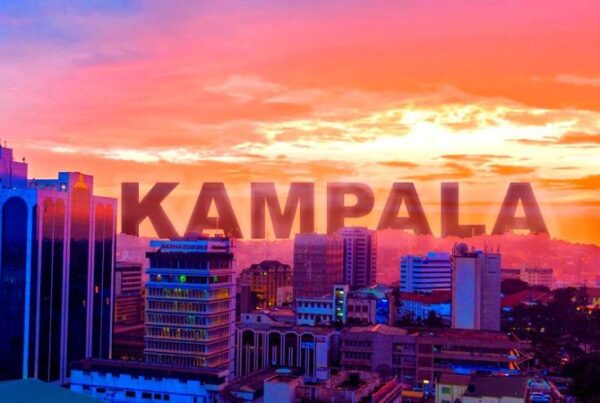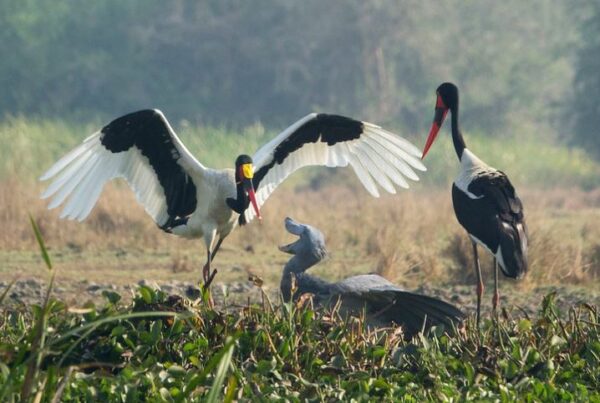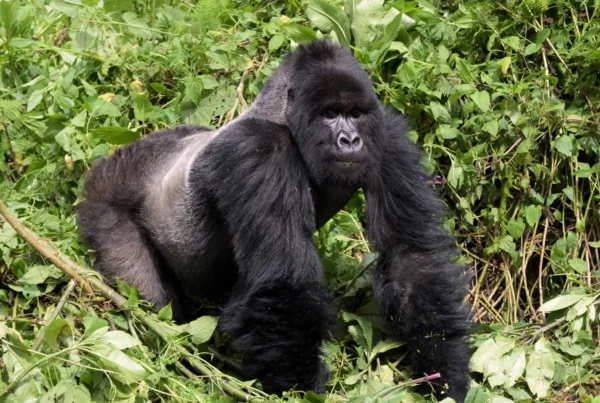Community Tourism Experiences around Kidepo Valley
Beyond the Wilderness of Kidepo
In the far northeastern reaches of Uganda, where rugged mountains enclose vast savannahs and wildlife roams undisturbed, Kidepo Valley National Park has become synonymous with unspoiled wilderness. Yet beyond the dramatic scenery and the wild encounters with lions, elephants, and buffalo, lies a dimension of the Kidepo experience that is far less known but equally captivating. This is the world of community tourism, where the rhythms of pastoralist cultures, the traditions of ancient clans, and the stories of resilient communities shape the very identity of the land.
The Karamojong people, along with neighboring ethnic groups such as the Ik and Dodoth, have inhabited this frontier for centuries. Their way of life, intricately tied to cattle, ceremonies, and survival in a semi-arid landscape, offers a window into traditions rarely encountered in the modern world. Around Kidepo, the wilderness and the communities exist not in isolation but in harmony, forming a relationship that enriches the visitor’s understanding of the park. It is within these communities that the spirit of Uganda’s remote north is revealed, turning a safari into not only an encounter with nature but also with humanity in its most authentic expression.
The Cultural Landscape of Karamoja
The region surrounding Kidepo Valley is known as Karamoja, a vast area inhabited by pastoralist groups whose traditions remain distinct within Uganda. The cultural landscape is shaped by open plains dotted with manyattas—traditional homesteads enclosed by thorn fences. Here, daily life is guided by cattle herding, rituals, and strong community ties.
Visitors who venture beyond the park’s boundaries are introduced to a society where wealth is measured in livestock, where music and dance are woven into communal gatherings, and where oral traditions preserve history. Karamoja has often been portrayed as harsh and remote, yet to those who spend time with its people, it becomes clear that it is a region defined by resilience, generosity, and pride.
The Karamojong: Guardians of Tradition
Cattle at the Heart of Life
The Karamojong are often described as guardians of cattle, for livestock is more than sustenance—it is identity, wealth, and spirituality. Cattle define social status, marriages are negotiated through dowries of livestock, and cultural ceremonies are incomplete without them. Visitors are often struck by how central herds are to daily life, with songs, dances, and even disputes tied to the rhythms of cattle rearing.
Experiences with the Karamojong often involve visits to kraals, where herds are kept, and to manyattas, where life revolves around community cooperation. Travelers are welcomed to observe milking traditions, to understand the symbolism of cattle in rituals, and to listen to elders explain how the animals are woven into stories of origin and ancestry.
Music, Dance, and Rituals
The spirit of the Karamojong is perhaps most vividly expressed through music and dance. Communal performances, often held around fires under the stars, reveal a culture where storytelling is rhythmically transmitted across generations. Men leap high in traditional dances, women sing in harmonious chants, and the beat of drums echoes across the plains. Visitors find themselves not as spectators but as participants, drawn into the energy of performances that connect the present with the ancestors.
The Ik People: A Culture on the Mountains
High in the Morungole Mountains, on the edge of Kidepo, lives the Ik community, one of Uganda’s most unique and least-known ethnic groups. Their remote existence has preserved traditions that differ markedly from their neighbors in the plains. Accessing the Ik requires guided treks up rugged slopes, but the reward is an encounter with a community whose resilience is as inspiring as it is humbling.
The Ik are agriculturalists, cultivating the highland soils in contrast to the pastoral Karamojong. Their villages, perched in isolated ridges, reveal a life of simplicity, where family and communal bonds are central. Visitors who spend time with the Ik are introduced to traditional foods, dances, and the fascinating oral histories that describe their survival in a challenging environment. The Ik experience is often described as transformative, for it offers a perspective on human resilience that complements the grandeur of Kidepo’s landscapes.
Daily Life in Karamoja Villages
Homesteads and Hospitality
Visits to traditional manyattas reveal not only the architecture of Karamojong life but also the hospitality of its people. A manyatta is constructed with careful skill, using local materials to create circular huts enclosed by protective thorn fences. These enclosures provide safety for families and livestock alike, symbolizing the interconnectedness of community life.
Guests are often welcomed warmly, offered local brews such as ajon, and invited to share in meals. The hospitality is not staged for visitors but emerges from a deep cultural tradition of generosity. For many travelers, the moments spent sitting with families, sharing stories, and observing daily routines create memories as enduring as any wildlife sighting.
Craftsmanship and Expression
Artisanship also plays a role in community tourism. Visitors are introduced to crafts such as beadwork, iron-smithing, and leatherwork, which reflect both utility and cultural expression. Beaded necklaces worn during ceremonies carry meanings of status and beauty, while iron tools demonstrate skill that has been passed across generations. Purchasing such crafts directly from artisans not only supports livelihoods but also carries home a tangible reminder of the cultural journey.
The Role of Storytelling in Cultural Encounters
One of the most profound aspects of community tourism around Kidepo is the role of storytelling. Elders recount histories of migrations, battles, and ancestral traditions, while younger generations share perspectives on modern challenges. These narratives are not only about the past but also about the present realities of climate change, shifting economies, and cultural preservation.
For travelers, these stories transform the perception of Karamoja. What may initially appear as a remote and harsh region is redefined as a place of wisdom, heritage, and survival. In the words and voices of the communities, the land takes on a human dimension that deepens the overall safari experience.
Community Tourism Activities Around Kidepo
Guided Cultural Tours
Organized cultural tours allow visitors to explore manyattas, kraals, and local markets under the guidance of community representatives. These tours are designed not as spectacles but as authentic exchanges. The emphasis is placed on interaction, conversation, and learning rather than on performance, ensuring that both visitors and hosts gain from the experience.
Walking Safaris with Local Guides
In addition to wildlife-focused walking safaris, local guides often lead treks that highlight medicinal plants, traditional survival techniques, and cultural landmarks. Walking with community members adds a new dimension to exploration, for landscapes are interpreted not only as habitats for wildlife but also as homes for people whose traditions are tied to the land.
Cultural Performances
Evening performances of music and dance are often included in community visits. These events are deeply participatory, with visitors encouraged to join in the singing, drumming, and dancing. The connection forged through rhythm and song becomes a highlight of many safaris, reminding travelers that culture, like wilderness, thrives on shared energy.
The Impact of Community Tourism
Economic Empowerment
Community tourism initiatives around Kidepo play a vital role in providing economic opportunities in a region where livelihoods are often vulnerable. Income from cultural visits, craft sales, and guiding supports families and strengthens the sustainability of communities. In this way, tourism becomes a tool for empowerment, creating incentives to preserve traditions while adapting to changing realities.
Conservation and Coexistence
Tourism also strengthens conservation. By creating value in cultural heritage, communities find reasons to engage positively with the protection of Kidepo Valley National Park. The benefits of hosting visitors are often reinvested in education, healthcare, and livestock management, linking community well-being to the preservation of wildlife and landscapes.
Challenges in Community Tourism
While community tourism offers immense potential, challenges remain. Accessibility to remote villages, particularly the Ik on Mount Morungole, requires investment in infrastructure and sustainable practices. Balancing authenticity with tourism expectations can also be delicate, as communities strive to share their culture without altering it to fit visitor preferences.
Furthermore, climate variability poses risks to pastoral livelihoods, making the economic benefits of tourism ever more critical. Sustainable partnerships between communities, park authorities, and tour operators are therefore essential to ensure that community tourism thrives without exploitation or cultural dilution.
Seasonality of Community Experiences
Community encounters, much like wildlife viewing, are influenced by seasonality. During dry months, pastoralists may migrate with their cattle in search of grazing, affecting the dynamics of village life. Ceremonies and festivals also occur at specific times of the year, meaning that the cultural atmosphere can shift with the calendar. Travelers who spend more time in the region or who consult experienced guides often find opportunities to align their visits with these vibrant events, gaining deeper insights into the living traditions of Karamoja.
Integrating Community Tourism with Safari Itineraries
For many travelers, the journey to Kidepo is primarily motivated by wildlife, yet the integration of community tourism transforms the itinerary into something richer. A game drive across the Narus Valley might be followed by an evening in a Karamojong manyatta. A trek to see elephants in the Kidepo Valley may be complemented by a hike to the villages of the Ik. In this integration, the wilderness and the community are not separate attractions but intertwined elements of a single story.
Tour operators increasingly recognize the value of this integration, ensuring that safaris in Kidepo are holistic experiences that reveal both the natural and cultural treasures of Uganda’s remote north.
Human Encounters in the Heart of Wilderness
The grandeur of Kidepo Valley National Park lies not only in its lions on rocky outcrops, its sweeping savannahs, and its rare bird species, but also in the human stories that surround it. The Karamojong, the Ik, and other communities add a dimension of depth that wildlife alone cannot convey. Through community tourism, travelers are not merely observers of landscapes but participants in cultural exchanges that honor resilience, tradition, and identity.
Every handshake, every shared dance, and every story told by firelight enriches the understanding of this remote region. Kidepo becomes not only a wilderness destination but also a cultural frontier where the past and present converge. For those seeking journeys that go beyond the ordinary, community tourism around Kidepo offers an immersion into authenticity that is as unforgettable as the wildlife that roams the valleys.
To ensure that these experiences are planned with respect, authenticity, and comfort, it is strongly recommended that travelers book their Africa tours and safaris with WildHorn Africa, a trusted partner committed to creating meaningful journeys into both the wild and the cultural heart of Uganda’s north.





 WildHorn Africa – Authentic and unforgettable tours across Africa, guided by local experts who know the land, wildlife, and culture best.
WildHorn Africa – Authentic and unforgettable tours across Africa, guided by local experts who know the land, wildlife, and culture best.


